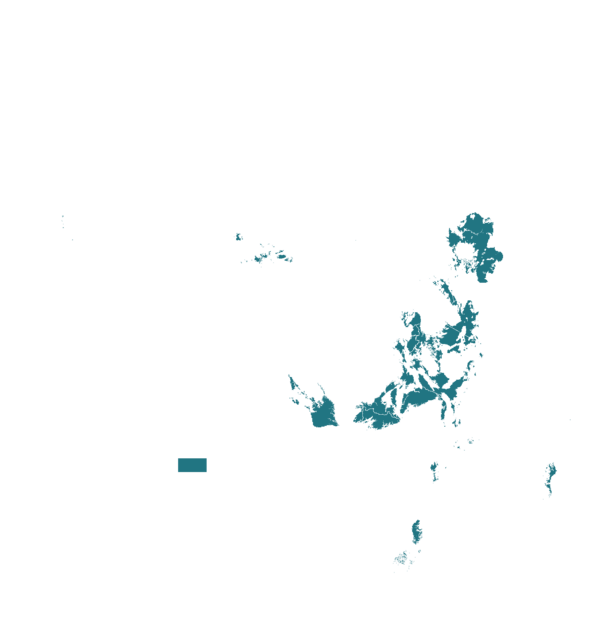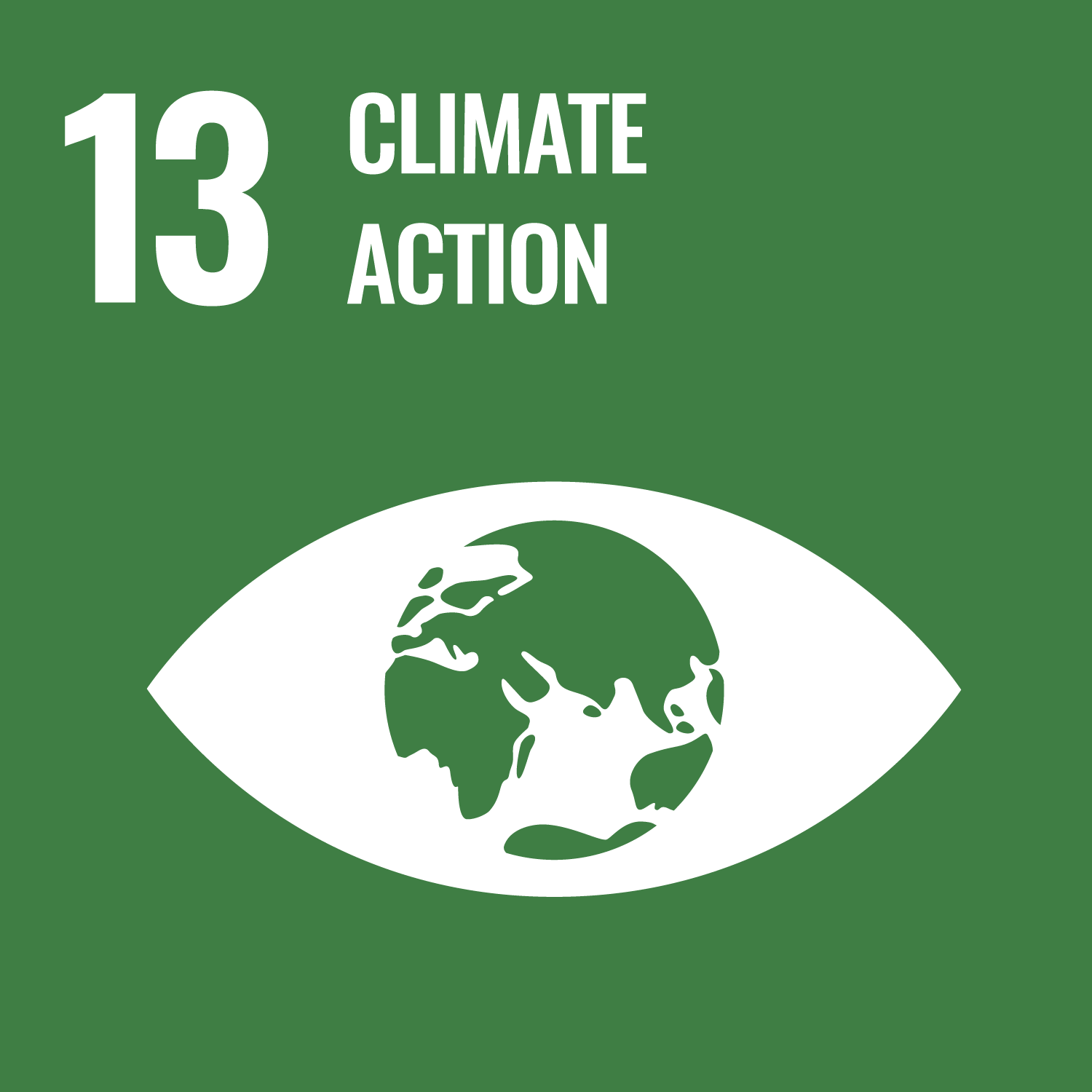

Boosting Crops, Nourishing Communities
Seed inoculation with elite rhizobium strains is a transformative agricultural practice aims to address nitrogen limitations through Biological Nitrogen Fixation (BNF) resulting in a substantial improvement in legume yields. This practice offers a cost-effective means to increase crop production on small-scale farms in Africa. It not only reduces the need for expensive mineral fertilizers but also fosters environmental sustainability while providing a reliable source of food, nutrition, and income for farmers
This technology is TAAT1 validated.
Adults 18 and over: Positive high
The poor: Positive medium
Under 18: Positive medium
Women: Positive medium
Climate adaptability: Highly adaptable
Farmer climate change readiness: Significant improvement
Biodiversity: Positive impact on biodiversity
Carbon footprint: A bit less carbon released
Environmental health: Greatly improves environmental health
Soil quality: Improves soil health and fertility
Water use: Same amount of water used
In Africa, rhizobia inoculant tech boosts legume yields, tackling hunger (SDG 2) and empowering women farmers (SDG 5) through higher incomes. It also cuts reliance on chemical fertilizers, reducing emissions (SDG 13) for climate-smart agriculture.
To intagrate this technology in your project, consider the following:
Unknown
Scaling Readiness describes how complete a technology’s development is and its ability to be scaled. It produces a score that measures a technology’s readiness along two axes: the level of maturity of the idea itself, and the level to which the technology has been used so far.
Each axis goes from 0 to 9 where 9 is the “ready-to-scale” status. For each technology profile in the e-catalogs we have documented the scaling readiness status from evidence given by the technology providers. The e-catalogs only showcase technologies for which the scaling readiness score is at least 8 for maturity of the idea and 7 for the level of use.
The graph below represents visually the scaling readiness status for this technology, you can see the label of each level by hovering your mouse cursor on the number.
Read more about scaling readiness ›
Semi-controlled environment: prototype
Common use by projects NOT connected to technology provider
| Maturity of the idea | Level of use | |||||||||
| 9 | ||||||||||
| 8 | ||||||||||
| 7 | ||||||||||
| 6 | ||||||||||
| 5 | ||||||||||
| 4 | ||||||||||
| 3 | ||||||||||
| 2 | ||||||||||
| 1 | ||||||||||
| 1 | 2 | 3 | 4 | 5 | 6 | 7 | 8 | 9 | ||
| Country | Testing ongoing | Tested | Adopted |
|---|---|---|---|
| Benin | –No ongoing testing | Tested | Adopted |
| Burundi | –No ongoing testing | Tested | Adopted |
| Democratic Republic of the Congo | –No ongoing testing | Tested | Adopted |
| Ethiopia | –No ongoing testing | Tested | Adopted |
| Ghana | –No ongoing testing | Tested | –Not adopted |
| Kenya | –No ongoing testing | Tested | Adopted |
| Malawi | –No ongoing testing | Tested | Adopted |
| Mozambique | –No ongoing testing | Tested | Adopted |
| Nigeria | –No ongoing testing | Tested | Adopted |
| Rwanda | –No ongoing testing | Tested | Adopted |
| Tanzania | –No ongoing testing | Tested | Adopted |
| Uganda | –No ongoing testing | Tested | Adopted |
| Zambia | –No ongoing testing | Tested | Adopted |
| Zimbabwe | –No ongoing testing | Tested | Adopted |
This technology can be used in the colored agro-ecological zones. Any zones shown in white are not suitable for this technology.







| AEZ | Subtropic - warm | Subtropic - cool | Tropic - warm | Tropic - cool |
|---|---|---|---|---|
| Arid | – | – | – | – |
| Semiarid | – | – | – | – |
| Subhumid | – | |||
| Humid | – |
Source: HarvestChoice/IFPRI 2009
The United Nations Sustainable Development Goals that are applicable to this technology.




Here are the procedures for handling and applying inoculants for seed treatment:
1. Conservation of Elite Rhizobia Strains: Dedicated laboratories conserve elite rhizobia strains, which are then transferred to commercial manufacturers for the production of inoculant products.
2. Controlled Culturing: Inoculant products are manufactured by culturing these elite rhizobia strains under controlled conditions to ensure their quality.
3. Proper Storage and Handling: It is crucial to store and handle inoculants carefully to protect their efficacy. This includes safeguarding them from direct sunlight and overheating.
4. Application Methods: Inoculants may be applied using two methods, depending on the product type. Dry inoculants can be applied using either the two-step or slurry methods, with the slurry method preferred for larger quantities of seed. Liquid formulas are typically sprayed onto the seed or applied within mechanical seed hoppers.
5. Planting Process: Inoculated bean seeds should be planted in a way that minimizes direct exposure to sunlight. It is advisable to inoculate and plant the seeds on the same day to maintain their effectiveness.
Last updated on 7 November 2025